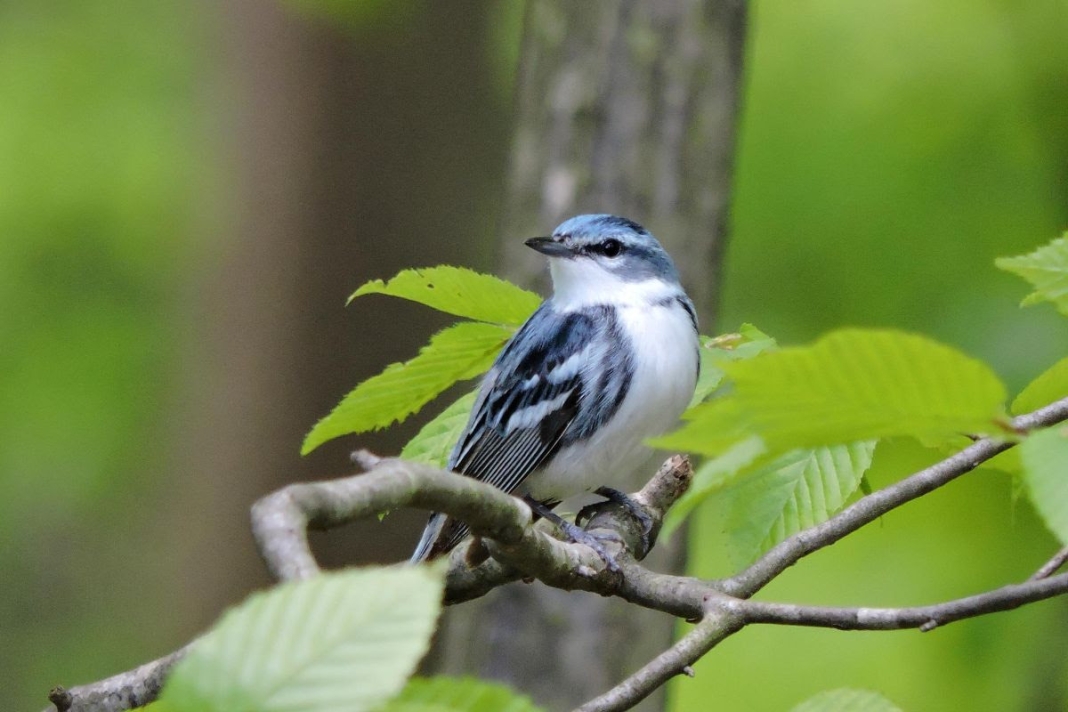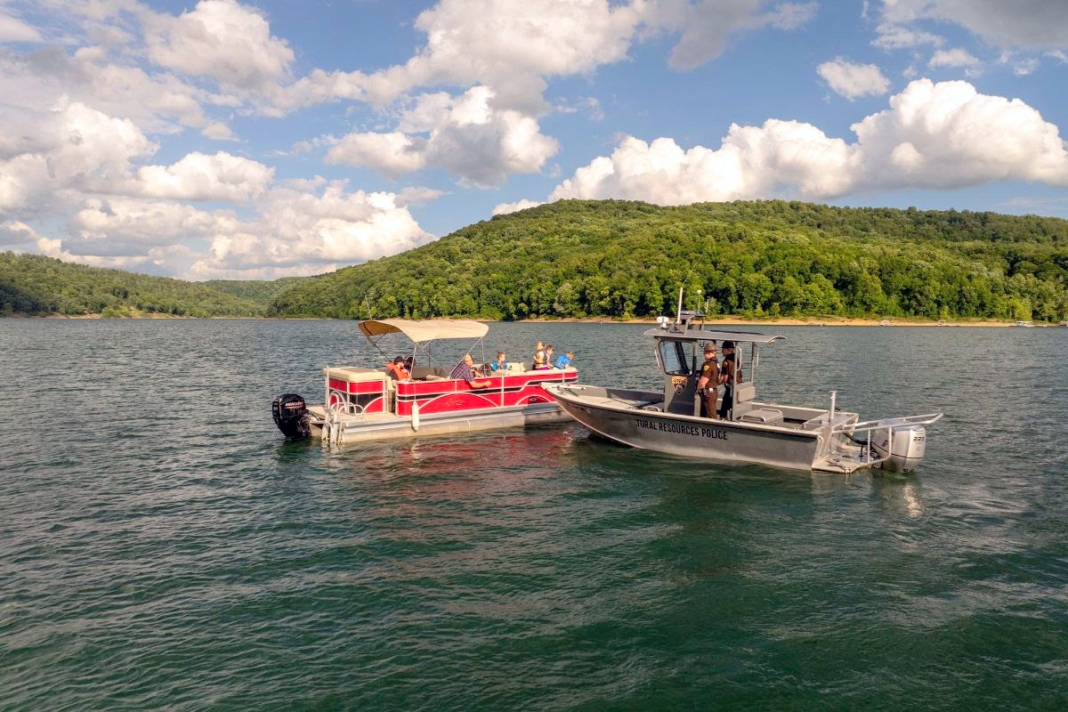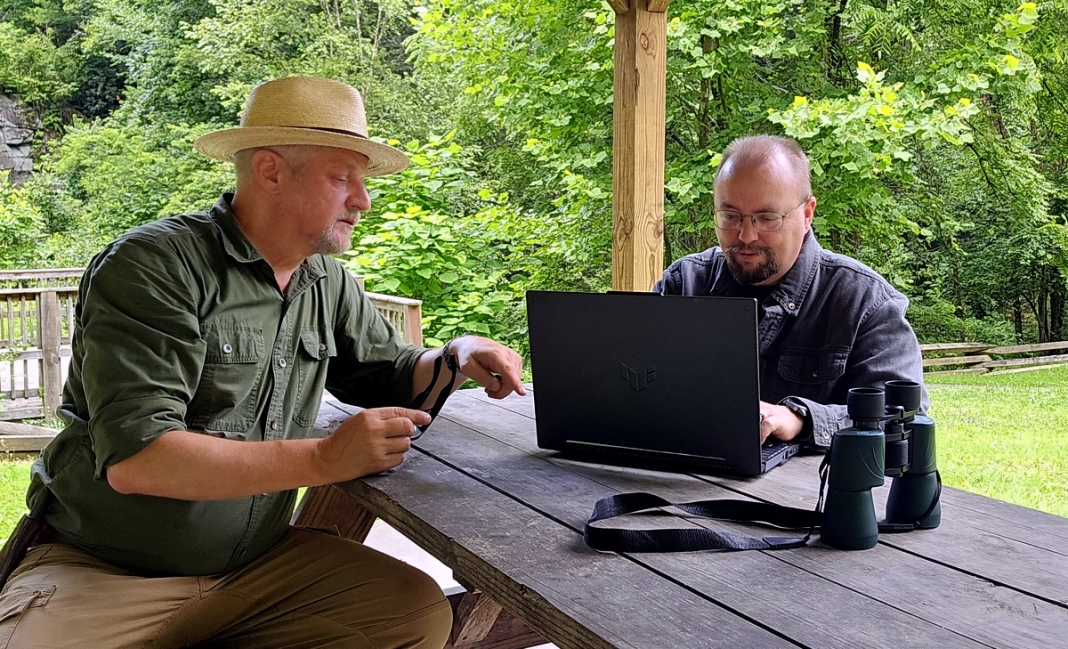CHARLESTON, W.Va. — The West Virginia Division of Natural Resources will hold a series of public meetings in July to collect input on its State Wildlife Action Plan, which is currently under review.
The plan, also known as SWAP, serves as a roadmap for conserving West Virginia’s wildlife and natural habitats. Updated roughly every decade, the document helps determine how the state protects species and ecosystems, ensuring eligibility for federal conservation funding.
Brett McMillion, director of the division, said the meetings are vital in helping guide the state's wildlife management efforts.
“This is a chance for West Virginians to take an active role in conservation,” McMillion said. “Public input is vital to our work, and hearing directly from our residents helps us shape programs that reflect the values and needs of West Virginia.”
The open houses will take place from 6 to 8 p.m. at three locations across the state: July 16 at West Virginia University’s Percival Hall in Morgantown; July 17 at James Rumsey Vocational and Technical School in Martinsburg; and July 30 at the Claudia L. Workman Wildlife Education Center in Alum Creek.
The meetings will provide information about the plan's purpose, current focus areas, and long-term goals. Attendees will have the opportunity to ask questions, speak with agency staff, and provide comments. Light refreshments will be provided.
In addition to the in-person sessions, the public can submit feedback through an online survey available at wvdnr.gov/state-wildlife-action-plan. According to division officials, the survey aims to gather ideas for programs, resources, and outreach that the agency should consider as part of its revised plan.
The current version of the wildlife action plan, adopted in 2015, outlines conservation priorities for hundreds of species considered at risk due to habitat loss, pollution, invasive species, and climate change. The division utilizes the plan to inform funding and management decisions related to fish, birds, mammals, amphibians, and reptiles across West Virginia’s diverse landscapes.
Completion of an updated plan is required to maintain eligibility for federal assistance through the State and Tribal Wildlife Grants Program, administered by the U.S. Fish and Wildlife Service.
Officials say the revision process will continue through the fall, with a draft of the updated plan expected later this year. A final version will be submitted to federal officials in early 2026.
Members of the public who are interested in wildlife, conservation, outdoor recreation, or land management are encouraged to participate in the planning process, either in person or online.
For more information about the State Wildlife Action Plan or to access the public survey, visit wvdnr.gov/state-wildlife-action-plan.
Sign up to receive a FREE copy of West Virginia Explorer Magazine in your email weekly. Sign me up!



Hi Clyde,
Are there new dates to review/discuss the SWAP in fall 2025 - summer 2026? I am a wildlife biologist at the FWS National Conservation Training Center in Shepherdstown and live in Shepherdstown. I am concerned we are not adequately conserving wetland wildlife habitat in the Eastern Panhandle.
Thanks, Jim Siegel